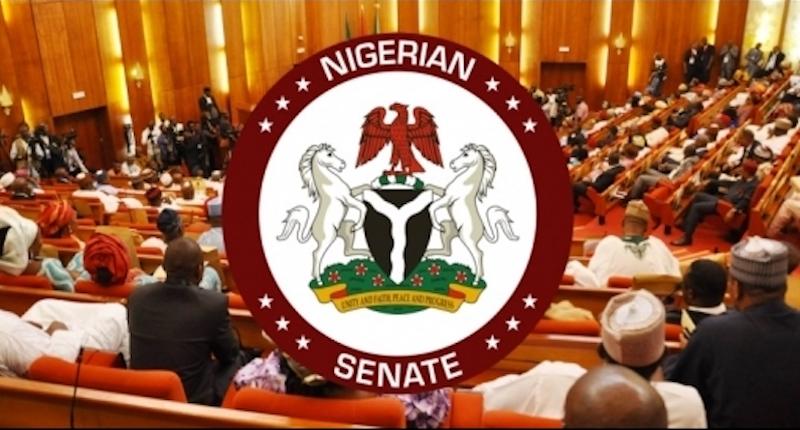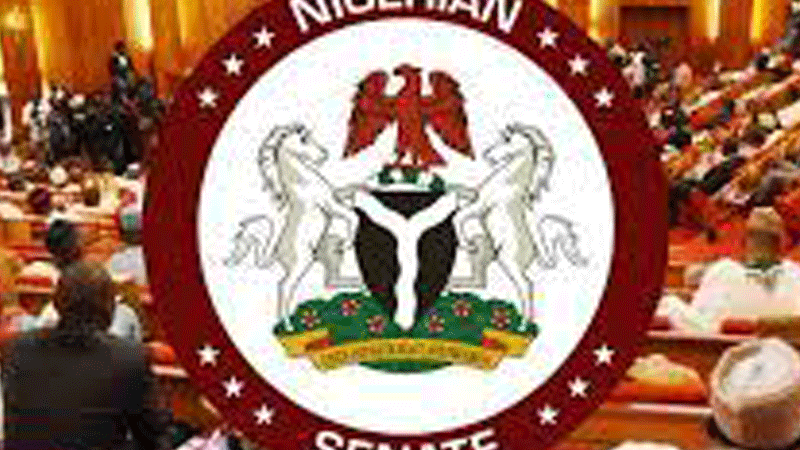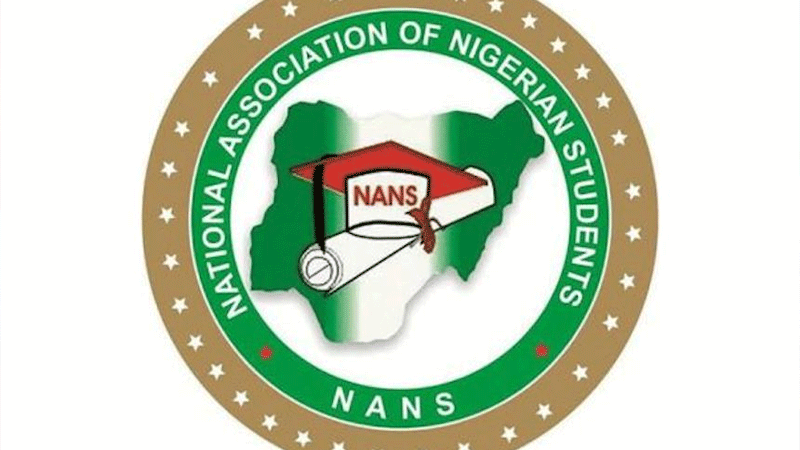Postscript by Waziri Adio
The Nigerian Electricity Regulatory Commission (NERC), alongside other policymakers and actors in the power sector space, must have thought it was a resistance-free, genius idea to raise electricity tariff for only a small segment of Nigerian electricity customers while maintaining a tariff freeze for the vast majority. So, on 3rd April 2024, NERC activated the idea. The sector regulator approved a 231% increase in electricity tariff for customers in the ‘Band A’ service category. Those in Band A, according to NERC, constitute only 15% of electricity customers in the country, receive 40% of available supply, and enjoy at least 20 hours of light daily from the grid.
There is an undisguised, underlying, two-sided logic in the move: one, those in this very special class are an extremely better-off and better-served segment of the electricity consuming population—they gulp a disproportionate share of the available supply of very scarce power, should be more than happy to pay much more for the rare privilege and should lack the moral right or even the appetite to complain; and two, with the vast majority of electricity consumers protected from a rate increase, the usual protests that accompany tariff hikes should be effectively neutered.
On point of logic, it is a flawed argument. By way of spin, it is a good attempt but underpinned by a fiction, and as such it is hollow. And in reality, the idea has turned out to be far from being a genius move.
NERC and others must have been surprised by the angry reactions of the past few days. The industry regulator has been thrashing about, issuing statements and orders with unusual rapidity. It is hard to remember the last time NERC has been this busy. The regulator and others wouldn’t have been this staggered if they had paid more attention to the dynamics of voice and agency, to the demands of implementing potentially contentious policy reforms, and to the prevailing temper in the country.
In a way, the rate hike could be described as a difficult but necessary move to salvage a tottering industry. According to those who should know, the electricity supply industry in Nigeria is on the verge of collapse, and if allowed to happen, this would further compound the challenges to citizens’ welfare, business competitiveness and national productivity. However, while a rate hike might be necessary, the alleged underpayment by consumers is not the sole ailment of the industry. There are more fundamental issues to be resolved than just raising tariffs for some or for all. We will return to this shortly. Just to say upfront that historically, there has not been any link between increasing tariffs and the improvement of power supply or the efficiency of the operators.
The official reason for the 231% rate hike for the Band A customers is the need to reduce the subsidy paid on electricity by the government. (There may also be an unstated revenue dimension, as the higher the tariff, the higher the VAT to be hauled). Before the hike, the electricity subsidy for 2024 was projected at N3.13 trillion, which amounts to 10.88% of the N28.77 trillion budget of the Federal Government. The surge in electricity subsidy should be of concern, as it will further reduce the fiscal space for the government. According to NERC, the increase in tariff for consumers in Band A from N68/kWh to N225/kWh would reduce the subsidy to be borne by government in 2024 to N1.14 trillion. Going by this calculation, that is a reduction in government’s electricity subsidy by a whopping 63.58%.
To achieve such a massive reduction while keeping the subsidy for 85% of electricity consumers should pass for an award-winning form of financial engineering. Effectively, government is getting 15% of the consumers not only to co-subsidise the vast majority of electricity consumers but also to take 64% of the subsidy burden off the government. Again, this is genius move, at least on paper. But in practice, things get trickier.
The first problem is that NERC is asking those in Band A to pay way more than the cost-reflective tariff defined as the full cost of efficient operation by the operators plus a reasonable return on the capital they invested in the business. According to the April 2024 Supplementary Order to the Multi-Year Tariff Order-2024 issued by NERC within the week, the end-user cost reflective tariff for the Abuja Electricity Distribution Company (AEDC) from April to December 2024 is N180.2/kWh. (By the way, this figure has incorporated the adjustment of the forex exchange rate to N1,463.31/$1, the change in inflation, and the hike in gas rate from $2.18/MMBTU to $2.42/MMBTU.)
It is one thing to ask those in Band A to forfeit subsidy on electricity. That can be argued as the price of a better service (though they will conceivably pay more for each unit and for total units of electricity they consume). Yet it is another thing to ask them to pay way and above what the regulator itself adjudged to be the full cost of electricity. And it is another thing entirely for government to shift almost two-thirds of the electricity subsidy burden to those in this category. Cross-subsidy is not inherently bad, and actually can be progressive (and may be viewed in the same spirit as progressive taxation). Effectively, what NERC and the government are doing is asking those in Band A under AEDC’s coverage to pay N44.8 or 24.86% more than the full and profitable cost of generating a kilowatt of electricity that they consume. Cross-subsidy, if that is the intention, must be sensible and fair. The one imposed on Band A customers is neither.
The second issue is whether the basis of allocating electricity consumers to an elite band can actually stand. On 1st November 2020, NERC introduced the Service-Based Tariff (SBT), which is meant to improve service delivery and ensure that the tariffs paid by consumers mirror the hours of electricity they receive from their DisCos. Though NERC has also approved feeders for allocating consumers to bands, that is not really a useful factor in the SBT system when compared to the hours of electricity delivered to consumers. According to NERC, the minimum supply requirement is as follows: Band A, 20 hours/day; Band B, 16 hours/day; Band C, 12 hours/day; Band D, eight hours/day; and Band E, four hours/day. On paper, this is a great idea: the better service you receive, the higher the rate you pay. Many people will not pay attention to the different bands and whether the minimum requirement is observed or not if the difference between Band A and Band B is just N5/kWh. However, when the difference between one band and the next is N162/kWh, it is a different and potentially combustible proposition.
But most importantly is if there are actually Nigerians who receive 20 hours of electricity supply per day apart from maybe the few who live in estates with a special service arrangement under the ‘willing seller, willing buyer’ scheme. I know of an estate in Magodo in Lagos and of Games Village in Abuja. There may be more. But I doubt that they constitute up to 15% of electricity consumers. According to the National Bureau of Statistics (NBS), the number of electricity consumers in Nigeria was 12.12 million at the end of 2023. If we use the number from the national statistics agency, it would mean that 1.82 million electricity customers receive more than 20 hours of electricity per day.
I may be wrong, but I find it difficult to believe such a number. I will be surprised if there are actually up to one million electricity consumers who receive a minimum of 16 hours of electricity per day. NERC speaks with authority here, as a regulator should. It says: “empirical service data has confirmed that this class of customers has truly received the committed level of service (20 hours/day of supply measured over a period of one week)”. NERC is not talking about what is likely to happen but what it has ‘empirically confirmed.’ It will be good to see NERC’s granular and disaggregated data on those receiving 20 hours of electricity per day, and for NERC to open it up for third-party validation. For now, however, the claim reads like fiction.
The third issue is that those who think the increment would easily pass because only a small proportion of the electricity consumers is affected miss a key point. There are two basic facts about reforms that the proponents of this idea might have ignored. One is that those who feel aggrieved about an issue have the incentive to protest while those who benefit do not have the motivation to do anything. So, the 15% will complain and loudly and disproportionately too while the 85%, the supposed beneficiaries, will do nothing. Two is that it is not really the number of those involved that determines that decibel or the impact of a protest. You don’t need so many people to start a protest or a riot. You just need a few who are motivated and aggrieved enough. This is Policy Reform 101. Reformers are thus usually advised to pay attention to how organised the aggrieved or potentially aggrieved are or can be, and the tools available to them to ventilate their grievances and who is likely to ally with them (unions, opposition figures, media, civil society activists, and even supposed beneficiaries hurting from other things). So, operating with the assumption that you are only dealing with a few people or a handful of companies may be misleading.
The fourth issue is related to the third: the need to be mindful of the growing angst in the land and the imperative of not carelessly pushing the country over the edge. Nigerians are still trying to come to terms with the removal of petrol subsidy and the significant depreciation of the Naira. There have been valid concerns about the sequencing of the two reforms. To layer in another shock so soon may amount to not just being insensitive but also to pushing luck too far or be asking for it. Yes, some multilateral institutions, especially IMF, have advised that all subsidies, including the one on electricity, must go. But these folks have no package to insure governments or societies against social and political instability. When the mess hits the fan, they will be the first to skip town. Nigerians are on the edge, and the country is a mere spark away from a conflagration. This is not the time to listen to those who have absolutely no skin in the game.
The last point worth highlighting is how an eternal obsession with cost-reflective tariffs masks or deliberately sidesteps the deeper issues within the sector, especially post-privatisation. We are dealing with a sector in grave distress. The favoured narrative has always been that the problem is because consumers are not paying enough. Almost forever, NERC has been adjusting tariffs through its multi-year tariff order. In September 2020, NERC effected a rate hike of close to 100%. There were hikes in 2021 and 2022. Yet the challenges of the sector have lingered.
The grid, controlled by the government, collapses with embarrassing frequency. The 2013 privatisation of the generation and distribution segments of the sector was expected to infuse fresh capital, expertise and ideas into the space. Beyond the increase in generation capacity that means nada to the end consumers, there has not been any remarkable difference to a majority of consumers in the last mile in the past 11 years.
The end users continue to be under-served, demonised and overburdened. Yet evidence of under-investment and inefficiencies abounds. DisCos continue to exceed their Aggregate Technical, Commercial and Collections (ATC&C) losses. As at 2022, the ATC&C losses by the 11 DISCOs was 45%, as against the 21% approved by NERC. (Remarkably, the leader on this front, the Kaduna Electricity Distribution Company, recorded actual losses of 75% as against the approved 11%). In the same 2022, metering progress was 39%, down from 45% of five years earlier.
It is worthy of note that in March 2022, the then minister of finance stated that the government had quietly phased out electricity subsidy as rates paid by consumers coincided with cost-reflective tariffs. But exactly two years later, we are talking about a projected electricity subsidy of N3.13 trillion. Electricity subsidy resurfaced and to this quantum partly because of Naira devaluation as we curiously continue to index electricity tariffs to the dollar as if all costs of electricity supply are incurred in dollars, and the government and the regulator continue to think that the consumers must always carry the can.
Critical to addressing the structural gaps in the electricity sector will be the need to reduce costs, improve operational and commercial efficiency, and expand the number of consumers served. Financial viability of the operators and the sector will hang on the quality and quantity of service provided, not on merely hiking tariffs every now and then. A complete overhaul of the philosophy and the model of Nigeria’s electricity supply sector is long overdue.





